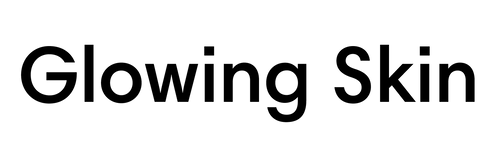AHA, BHA or PHA Acids

Acids are increasingly used in skin care to improve the appearance and texture of the skin. Acids can be classified into different categories based on their chemical structure and properties. Alpha hydroxy acids (AHAs), beta hydroxy acids (BHAs), and polyhydroxy acids (PHAs) are three common types of acids used in skincare. Each of these acids has unique properties that make it effective in treating different skin issues.
AHAs
Alpha hydroxy acids (AHAs) are organic acids derived from fruits, milk and other natural sources. The two most common AHAs used in skincare are glycolic acid and lactic acid. AHAs are known for their ability to exfoliate the top layer of skin by dissolving the bonds between dead skin cells. This allows dead skin cells to slough off more easily and reveal softer, smoother skin.
AHAs are also known for their ability to stimulate the production of collagen and elastin. It can help reduce the appearance of fine lines and wrinkles and improve skin texture. AHAs are often used to treat acne, dark spots, and acne scars.
However, AHAs can cause irritation and redness if used too much or too often. It is important to choose a product containing AHAs in the appropriate concentration for your skin type. It is recommended to use products containing AHAs once or twice a week.
BHAs
Beta hydroxy acids (BHA) are another family of acids commonly used in skincare. Salicylic acid is the most commonly used BHA. BHAs are known for their ability to exfoliate the skin and reduce the appearance of pores. BHAs penetrate deeper into the pores than AHAs, making them effective in treating clogged pores.
BHAs are also effective in treating acne, dark spots, and wrinkles. BHAs have anti-inflammatory and antibacterial properties, which makes them effective in treating acne.
However, BHAs can also cause irritation and redness if used in too much or too often. It is important to choose a product containing BHAs in the appropriate concentration for your skin type. It is recommended to use products containing BHA once or twice a week.
PHAs
PHAs, or polyhydroxy acids, are a new generation of exfoliating acids that are similar to AHAs, but have larger, milder molecules. PHAs are less irritating than AHAs and BHAs, making them more suitable for sensitive skin. PHAs can help gently exfoliate the skin by sloughing off dead skin cells, helping to reveal smoother, brighter skin.
PHAs also have moisturizing and antioxidant properties that can help protect the skin from free radical damage and improve skin barrier function. PHAs can also stimulate the production of collagen and elastin, which can help reduce the appearance of fine lines and wrinkles.
It is important to note that although PHAs are less irritating than AHAs and BHAs, they can still cause irritation and redness in some people. It is therefore important to always test a new product containing PHAs on a small part of the skin before using it on the whole face.
In conclusion, peeling or exfoliation is an important step in facial care to slough off dead skin cells and reveal softer, brighter skin. AHAs, BHAs, and PHAs are exfoliating acids commonly used in skin care to improve skin texture, reduce the appearance of large pores, reduce the appearance of fine lines and wrinkles, and prevent blemishes like pimples and blackheads.
It is important to choose a gentle exfoliator that suits your skin type and not to exfoliate your skin too often to avoid irritation and redness. It's also important to follow product directions and consult with a skin professional if you're using products containing AHAs, BHAs, or PHAs for the first time.
Finally, remember that skin care should be tailored to your skin type and your individual needs. If you have any skincare concerns or questions, consult a skincare professional who can help you create a skincare routine that's right for you.
PS: Never forget your SPF 50 every day :)



